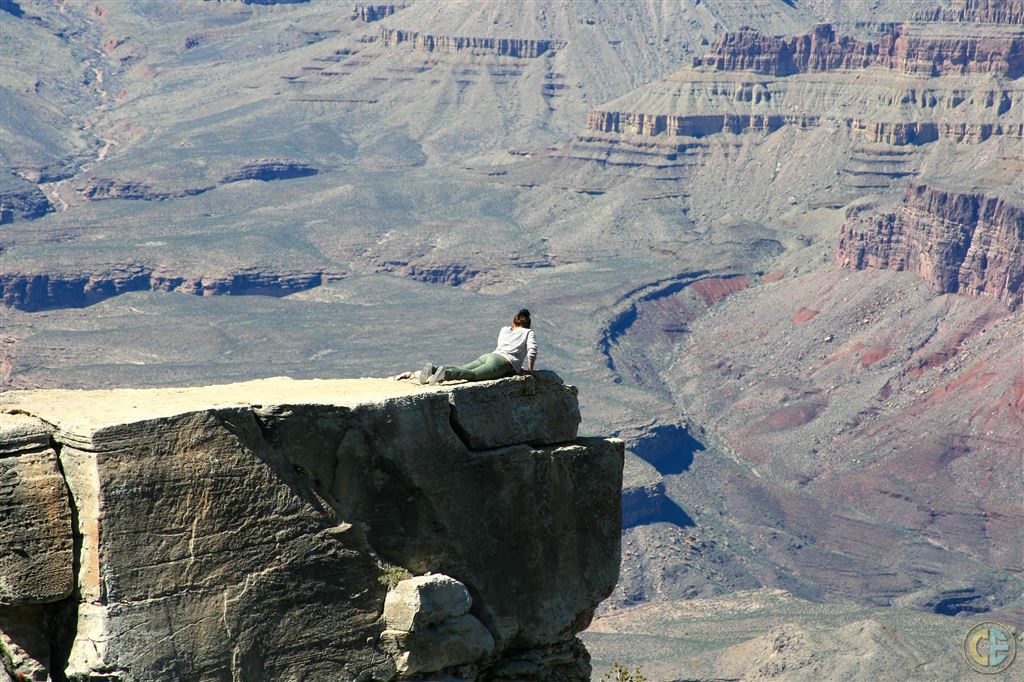
The Grand Canyon, located in northern Arizona, is the second most-visited national park in the United States: trailing only the Great Smoky Mountains National Park. On average, it receives almost 6 million visitors a year and is embraced by various forms of natural beauty, including mountains, plateaus, chasms, and cliffs. Seemingly always lying half-veiled in a purple haze, this natural wonder is massive. It is over two hundred miles long, thirteen miles wide, and a mile and a half deep. More than 1.2 million acres, it is a monumental gorge that is rough and awe-inspiring, a miracle of creation, of mystery; beyond all else, it is a Grand place that grips the heart of man, woman, and child alike and unleashes their adventurous spirit.
How We Arrived at this Adventure
When my wife and I visited the Grand Canyon, we were living in Atlanta, Georgia, USA. We flew directly from the busiest airport in the world, Hartsfield-Jackson International Airport, to Phoenix. Most of our vacation would revolve around Sedona, Arizona, but we managed to take a day trip to the Grand Canyon. It was our first time in that part of the country, and we decided to accomplish as much as possible.
 The Road to Sedona. Sedona's Beautiful Red Rock Formations
The Road to Sedona. Sedona's Beautiful Red Rock Formations
Early in the morning of our “Grand Canyon day,” we drove 1 hour and 54 minutes (108.7 miles) to this marvel of nature from Sedona. Of course, the drive took much longer because of the many stops and views along the way. While these stops were enjoyable, they would create a problem once we reached the Canyon.
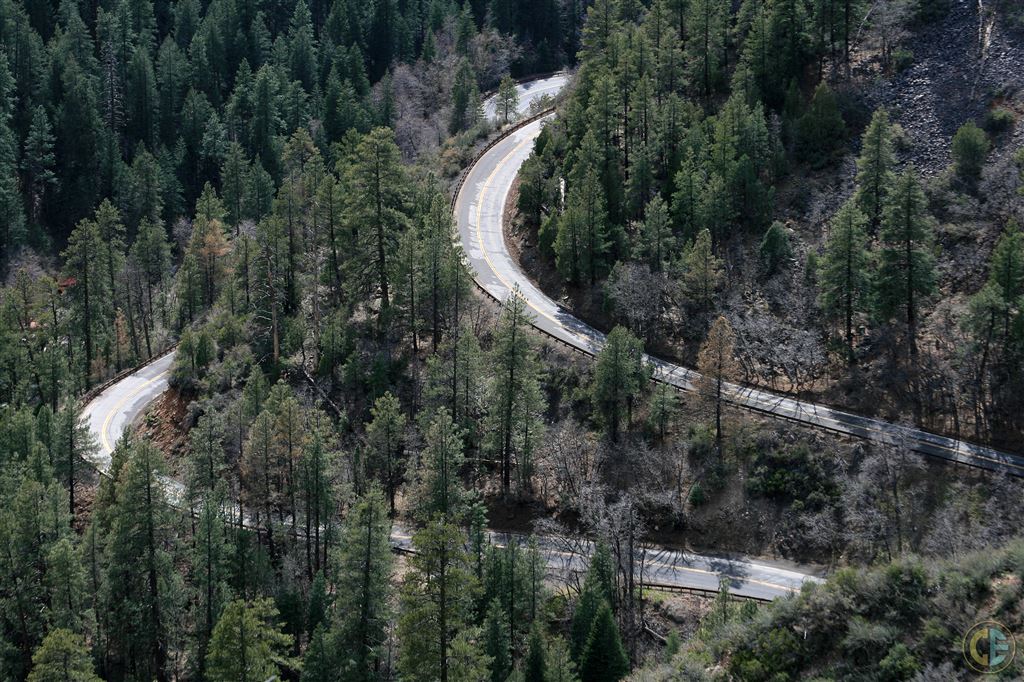 The Road from Sedona to Flagstaff. On the Way to the Canyon.
The Road from Sedona to Flagstaff. On the Way to the Canyon.
As mentioned earlier, the Grand Canyon unleashes an adventurous spirit in its visitors. There must be something in the air; maybe it’s the same energy vortexes that are common in Sedona; who knows? Still, as my wife and I arrived at our destination, the Canyon began to take over and call us in a way we had never experienced. We wanted to do something neither of us had done previously, take a helicopter ride. It is still amazing to me that I wanted to do this over the biggest hole in the United States. Sadly, we could not fulfill that wish during this trip, thus giving us reason to go back.
One Day is Not Enough, Here’s Why…
 Sunset at Toroweap Overlook. Grand Canyon and Colorado River. Craig Bill Photography
Sunset at Toroweap Overlook. Grand Canyon and Colorado River. Craig Bill Photography
One day at the canyon is not enough if you intend to unleash your adventurous spirit. During the planning stages of this trip, it was enough for us to “see” the Canyon. However, after spending an hour or so there, our spirit of adventure “juices” began to flow, and The Canyon unleashed in us a desire to explore. We wanted to walk to the bottom of the canyon; however, the shortest route to the canyon floor and the Colorado River is 6.5 miles (10.4 km) by way of the South Kaibab Trail. That walk takes an average of 3-5 hours…and that’s just to get to the bottom. There’s still the problematic 7-8 hour hike back up. As mentioned earlier, we also wanted to take a South Rim Grand Canyon helicopter tour. However, time did not permit us to do this and see the basics of the Canyon.
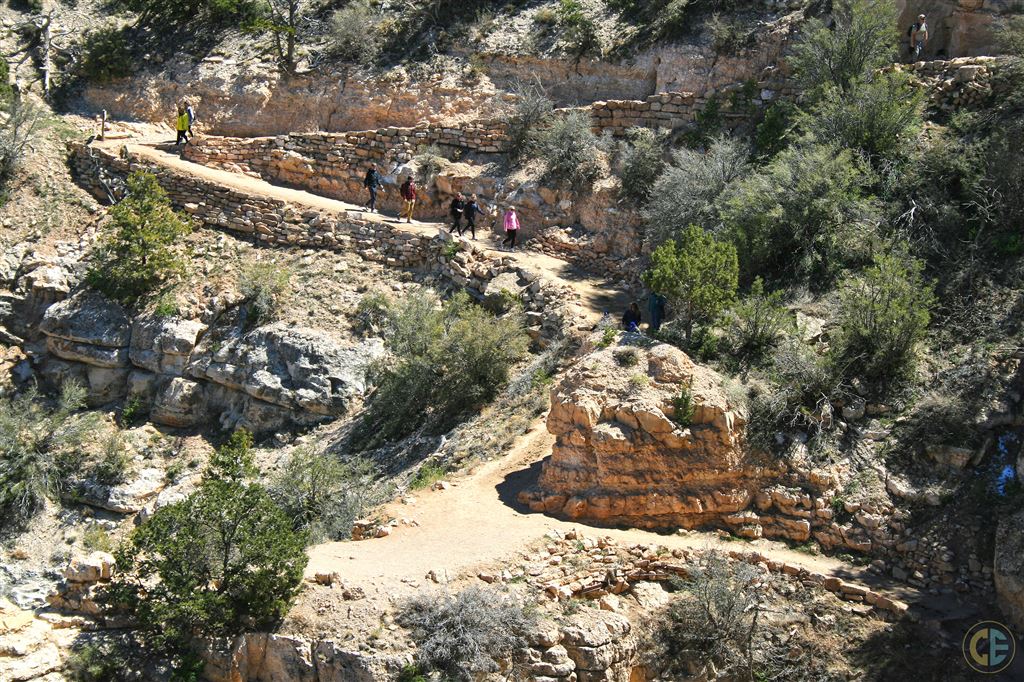 The Short 4 Hour Hike to the Bottom of the Canyon
The Short 4 Hour Hike to the Bottom of the Canyon
It would have been nice to fly over the beautiful Kaibab National Forest, home to the world's largest ponderosa pine forest, and see the Painted Desert and the Desert View Watchtower designed by the Hopi Indians. But our primary incentive for the helicopter ride was to fly along the Colorado River, in and through the myriad of plateaus and chasms, and then land on the bottom next to the River. The plateaus and the tributaries that make up the Colorado River are amazing to watch. The river pierces and cuts through solid rocks making even this simple activity a must-watch event. Next time we’ll see it up close! Still, simply seeing the Canyon and the Colorado River was enough to make this brief trip from Sedona worthwhile.
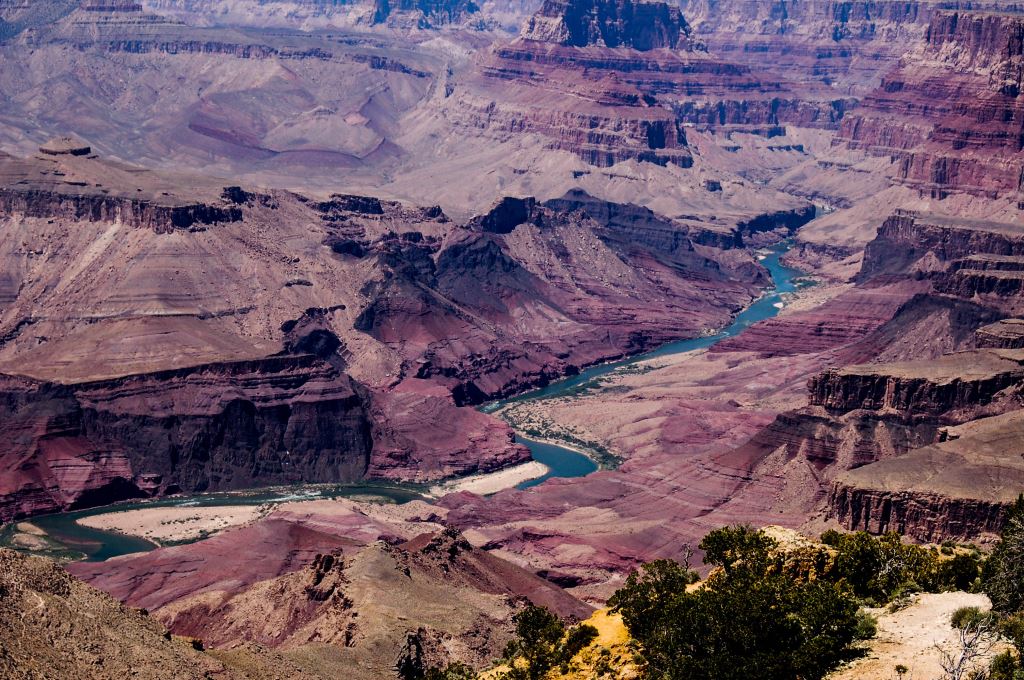 The Winding Colorado River
The Winding Colorado River
Origins of the National Park
In 1893 the 23rd President of the United States, Benjamin Harrison, issued a proclamation declaring the Canyon a Forest Reserve and outlining its borders. WhatI find iteresting is t prioUS citizen could build a home on this land. Ho prior to thiswever, only two people ever took advantage of this provision.
 The Massive Grand Canyon and its Vegetation
The Massive Grand Canyon and its Vegetation
On January 11, 1908, to protect the ancient cliff dwellings from the vandalism and excavators, the 26th President of the United States, Theodore (Teddy) Roosevelt, declared the Grand Canyon a National Monument. The bill to grant national park status to the area was passed in 1919 and signed by the 28th President of the United States, Woodrow Wilson.
Brief Facts About Weather
When one sees the Grand Canyon for the first time, they may immediately think of it as having dessert like conditions. However, because of its 7000-ft. elevation, the Canyon experiences all seasons. In the summer, the temperature is moderate, often settling between 50°-80°F (10°-20°C). The incredible summer weather at Grand Canyon offers the perfect environment for a multitude of activities like hiking, water rafting, canoeing, fishing, etc. Canyon accommodations are available at historical lodges and hotels with rugged compounds. Winter conditions can be less than desirable, and the driving conditions can be treacherous. Suffice to say, Spring through Fall are the times to visit, with Summer being the optimal season.
 The Grand Arizona Sky
The Grand Arizona Sky
Nearby Attractions
The Kaibab National Forest, the Grand Canyon National Park, and the Hualapai Indian Reservations are some of the resources that one must see and experience. Also available at the Grand Canyon is the Antelope Canyon. Within a 2-hour radius of the Grand Canyon, there is much to see and experience, including Navajo National Monument, Walnut Canyon National Monument, Wupatki National Monument, Glen Canyon National Recreation Area, and Bryce Canyon National Park.
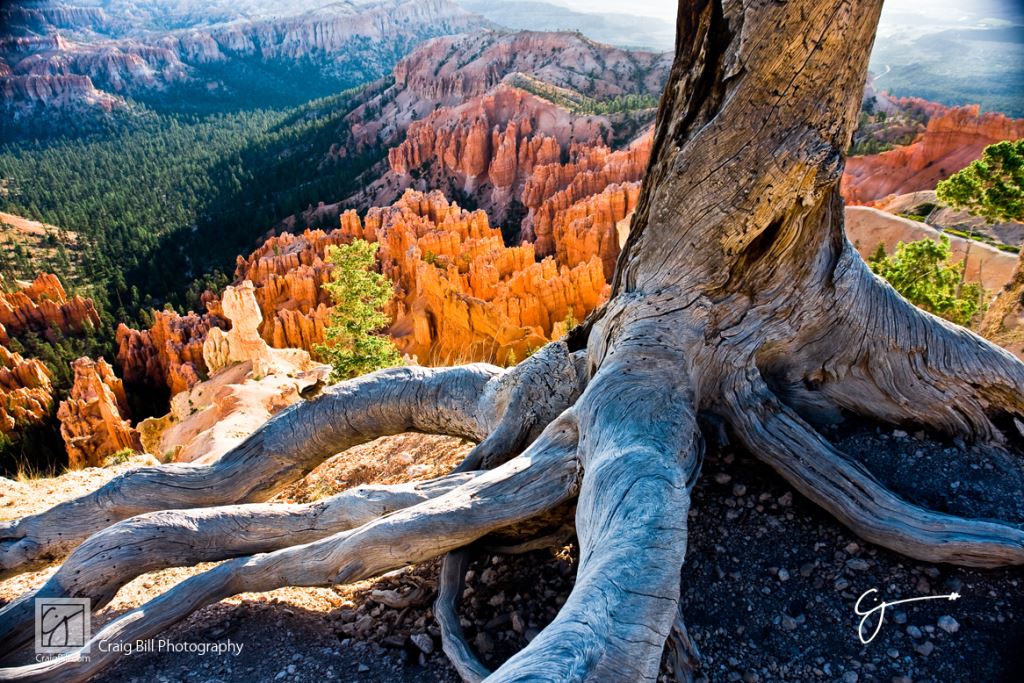 The Edge of Bryce Canyon National Park
The Edge of Bryce Canyon National Park
As you can see, one day is not enough for a Grand Canyon trip…plan at least five days.
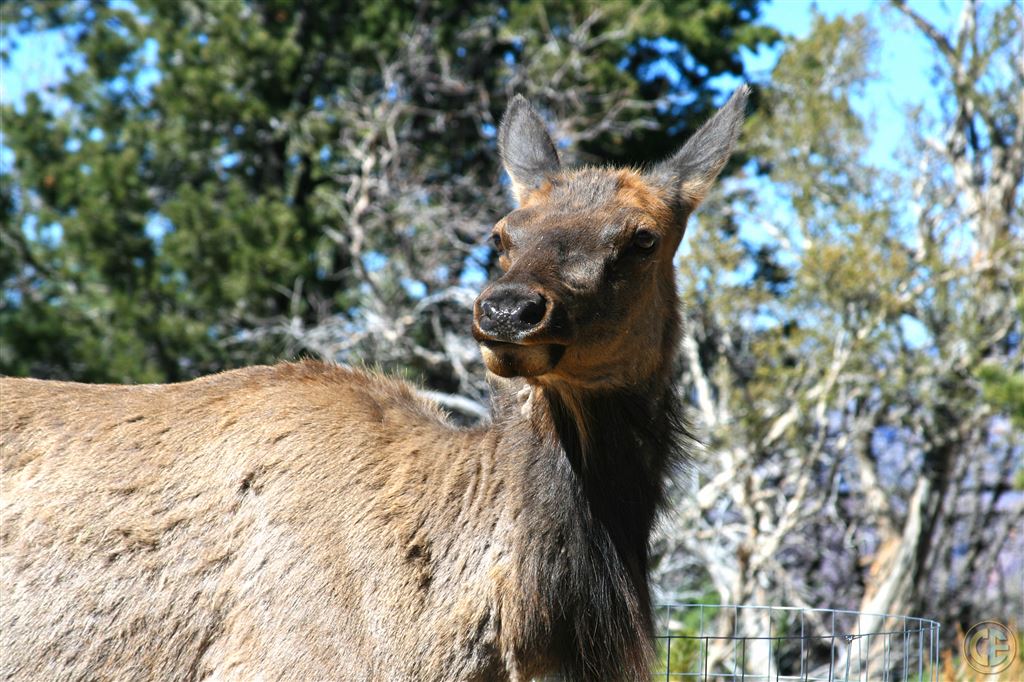 Grand Canyon Wildlife. A Baby Elk.
Grand Canyon Wildlife. A Baby Elk.